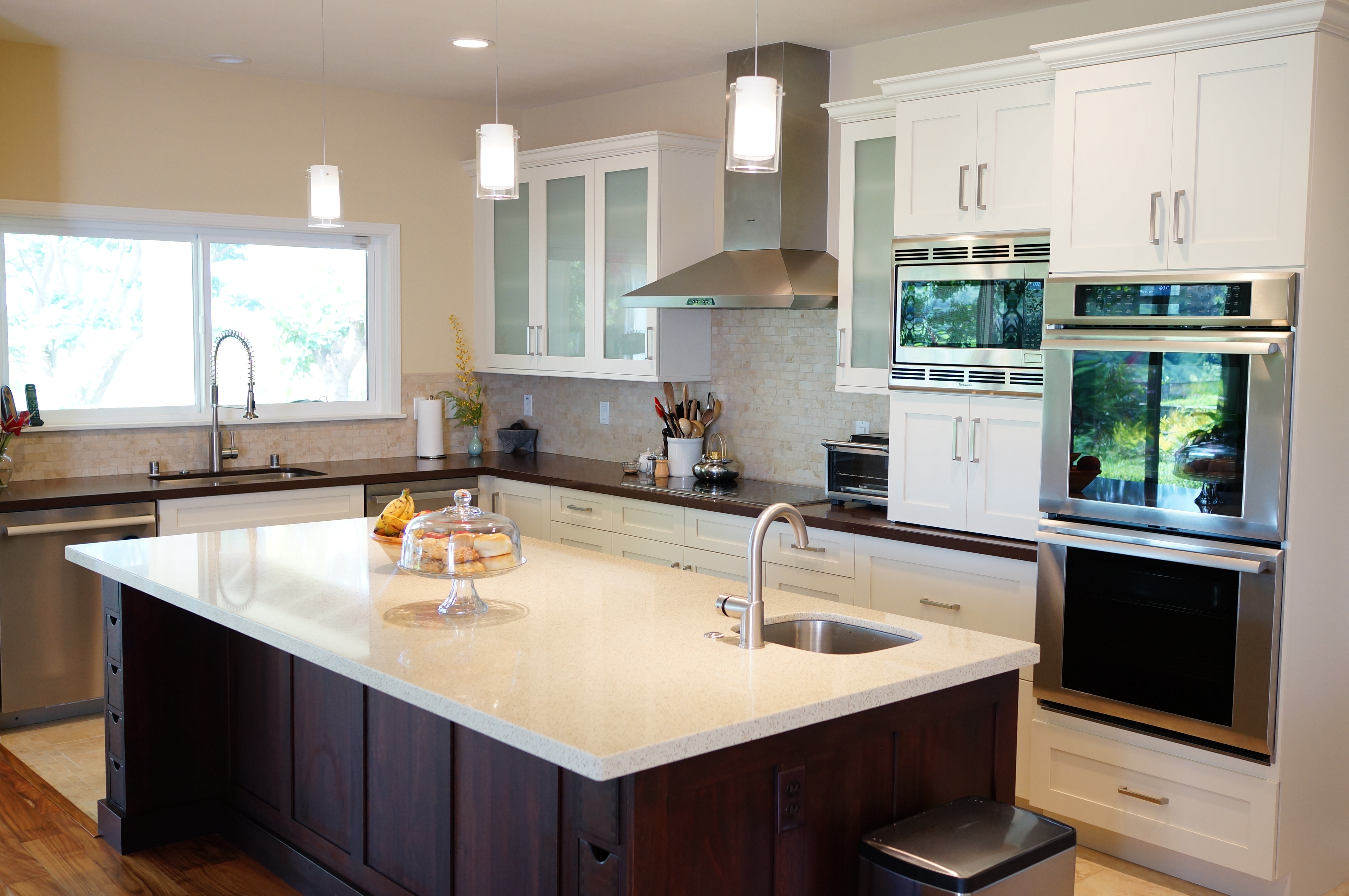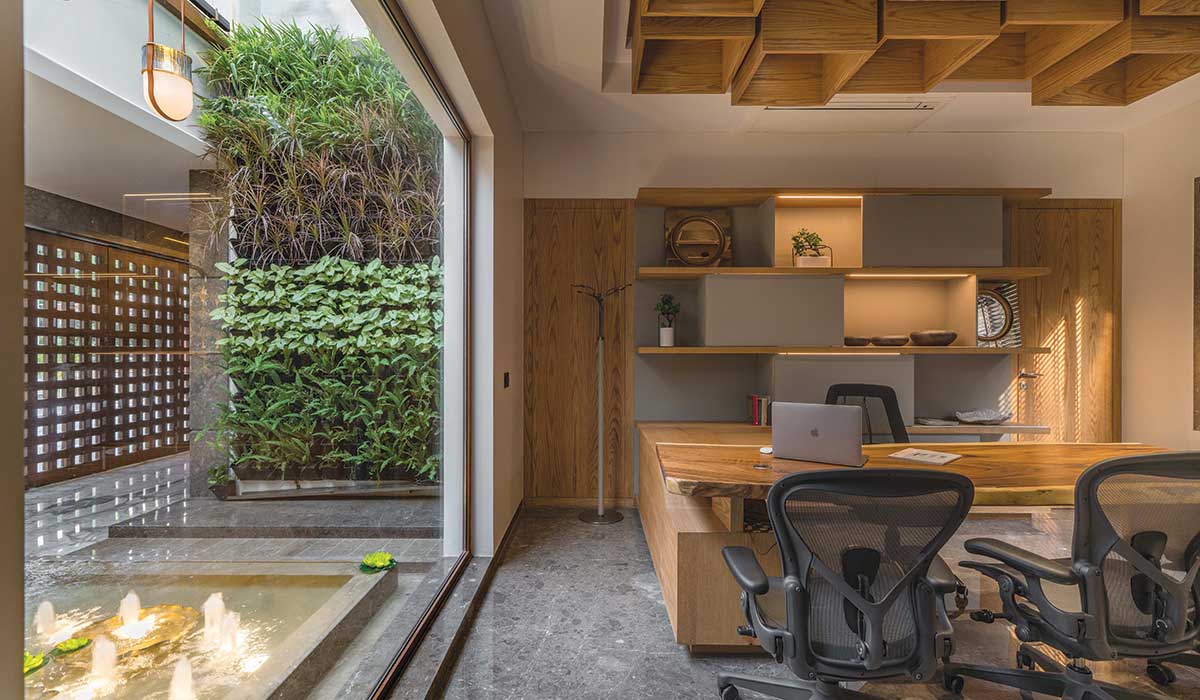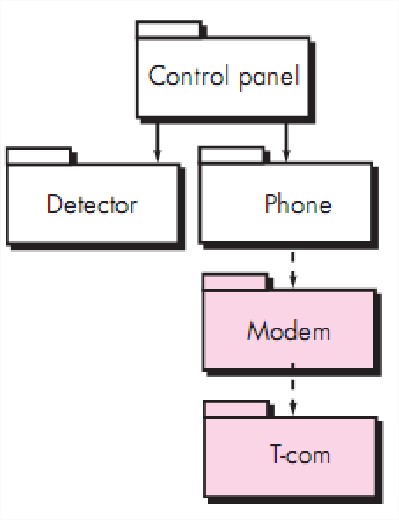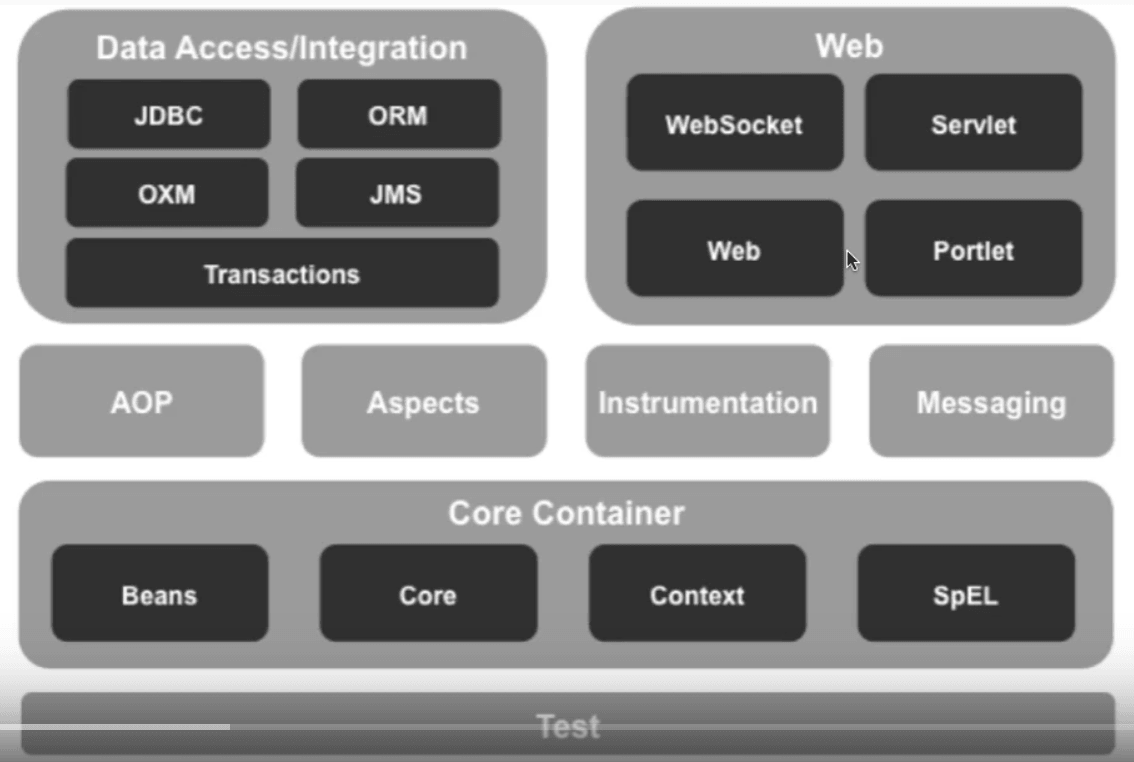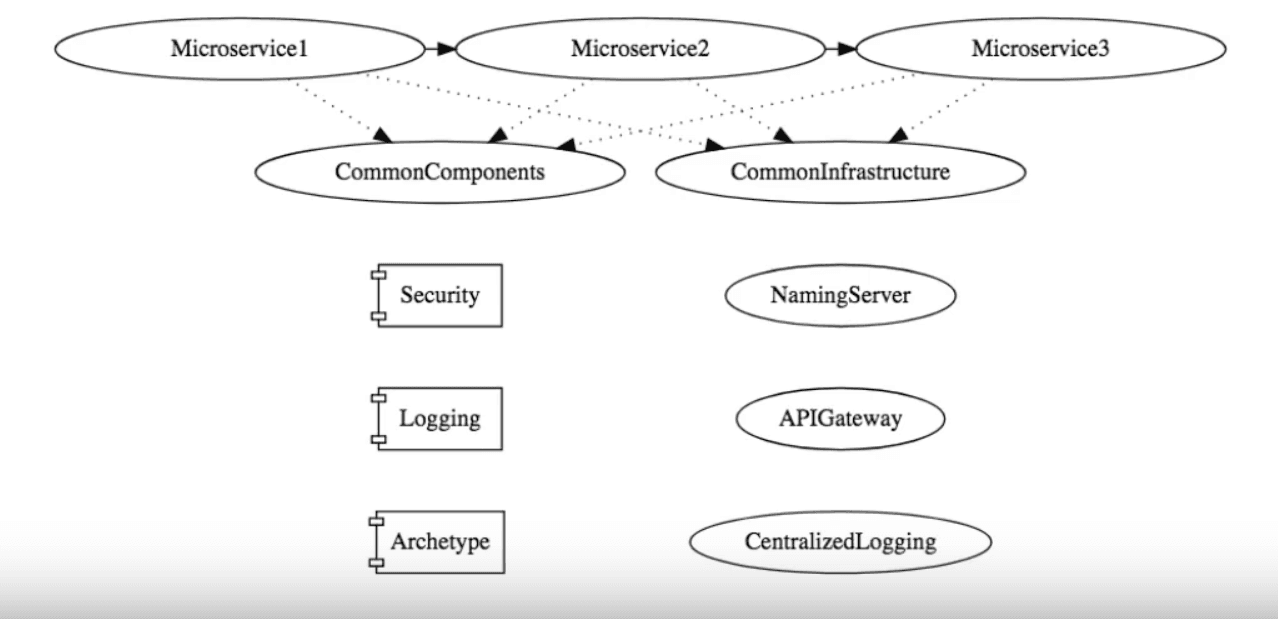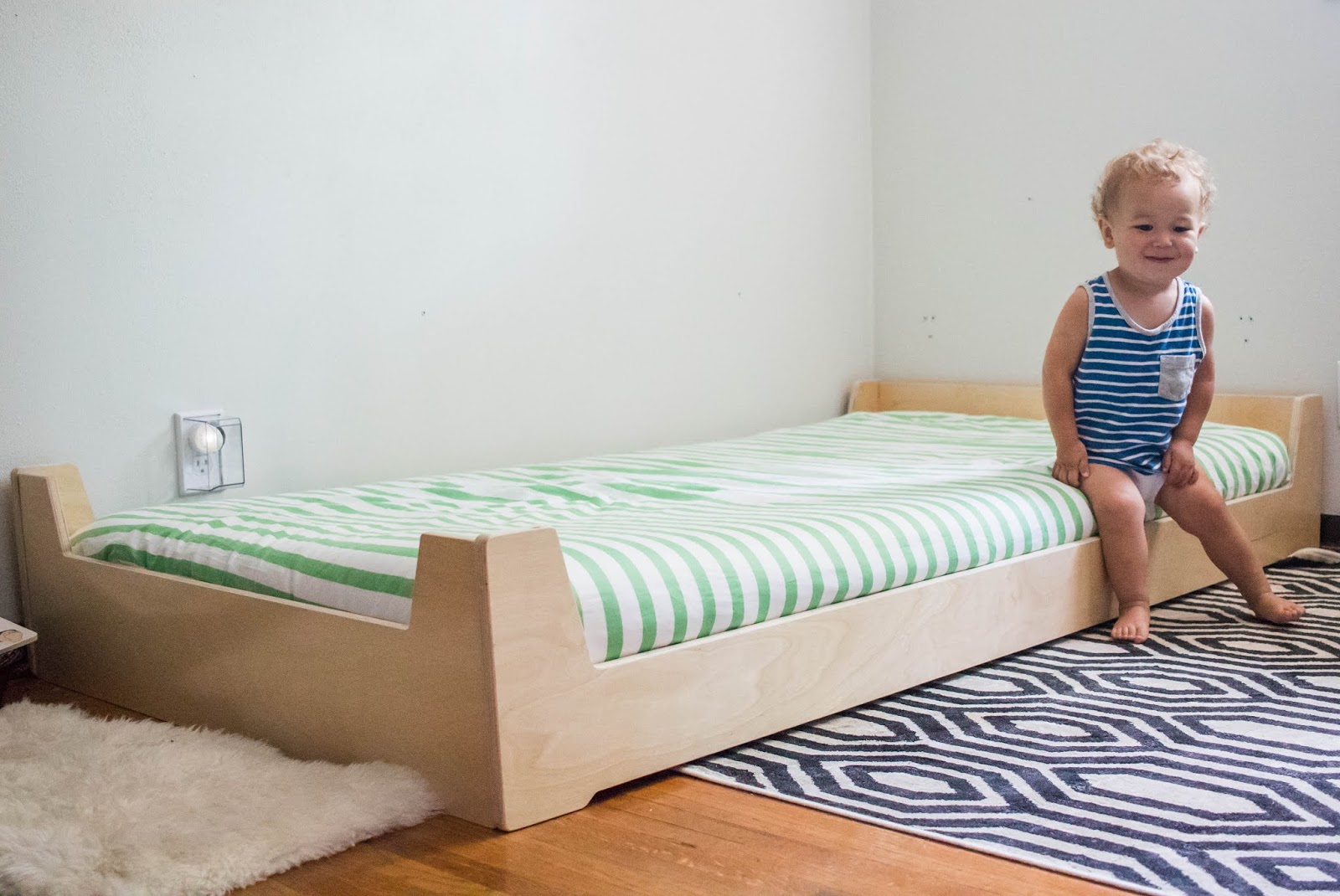Open Concept
The trend of open concept living has become increasingly popular in recent years, and this also applies to the connection between the dining room and kitchen. By removing walls and barriers, an open concept layout creates a seamless flow of space and allows for easier communication and interaction between the two rooms. With the kitchen and dining room connected, it creates a larger and more inviting space, making it perfect for hosting guests or spending quality time with family.
Kitchen Layout
The layout of your kitchen can greatly affect whether or not it needs to be connected to the dining room. For example, if your kitchen is small and cramped, it may be beneficial to have it connected to the dining room to create the illusion of a larger space. On the other hand, if your kitchen is already spacious and well-designed, it may not be necessary to have it connected to the dining room.
Flow of Space
Having a connection between the dining room and kitchen can greatly improve the flow of space in your home. This is especially important for those who love to cook and entertain. By having an open layout, it allows for a more efficient and seamless transition from preparing food in the kitchen to serving and dining in the adjoining room.
Room Connection
The connection between the dining room and kitchen goes beyond just physical space, it also creates a sense of unity and connection between the two rooms. This can be achieved through the use of similar design elements, color schemes, and decor. By connecting the two rooms, it creates a cohesive and harmonious look throughout your home.
Design Considerations
When deciding whether or not to connect your dining room with your kitchen, it's important to consider the overall design and style of your home. If you have a more traditional or formal home, it may be more appropriate to keep the two rooms separate. However, if your home has a modern or contemporary design, an open concept layout can enhance the overall aesthetic and functionality of your space.
Functional Layout
The layout of your kitchen and dining room should also be taken into consideration when deciding whether or not to connect the two rooms. For example, if your kitchen is located at the back of the house, it may make more sense to have it connected to the dining room for easier access and convenience. On the other hand, if your kitchen is located at the front of the house, it may be more practical to have a separate dining room.
Space Planning
Space planning is crucial when it comes to connecting the dining room and kitchen. It's important to consider the size and layout of both rooms to ensure that the connection is functional and makes sense. For example, if your dining room is small, it may not be feasible to have a large open space connecting it to the kitchen. In this case, a smaller pass-through or opening may be more appropriate.
Room Proximity
The proximity of your dining room to your kitchen should also be considered when deciding whether or not to connect the two rooms. If your dining room is located far from the kitchen, it may not be convenient to have them connected. However, if they are located next to each other, it may make more sense to have a connection between the two for easier access and flow.
Connecting Spaces
Having a connection between the dining room and kitchen can also open up opportunities for other connecting spaces in your home. For example, if your kitchen is connected to the dining room, it may also make sense to have a connection to the living room or outdoor patio. This creates a seamless flow throughout your home and allows for better functionality and use of space.
Design Cohesion
Lastly, connecting the dining room and kitchen can greatly improve the overall design cohesion of your home. By having a consistent design and flow between the two rooms, it creates a sense of harmony and balance. This is not only visually appealing but also enhances the functionality and livability of your space.
Why a Connection Between the Dining Room and Kitchen is Essential in House Design

Creating a Unified Space
 When it comes to house design, the dining room and kitchen are two of the most important spaces. They are not only functional areas but also serve as gathering places for family and friends. In recent years, there has been a shift towards open floor plans, where the dining room and kitchen are connected, rather than being separate rooms. This trend is not just about aesthetics; it has practical benefits as well.
A connection between the dining room and kitchen creates a unified space
that promotes a sense of togetherness and connectivity. In today's fast-paced world, families often struggle to find time to spend together. By having a shared space for dining and cooking, it encourages more frequent and meaningful interactions between family members. It also allows for easier communication while preparing meals, making it a more efficient use of time.
When it comes to house design, the dining room and kitchen are two of the most important spaces. They are not only functional areas but also serve as gathering places for family and friends. In recent years, there has been a shift towards open floor plans, where the dining room and kitchen are connected, rather than being separate rooms. This trend is not just about aesthetics; it has practical benefits as well.
A connection between the dining room and kitchen creates a unified space
that promotes a sense of togetherness and connectivity. In today's fast-paced world, families often struggle to find time to spend together. By having a shared space for dining and cooking, it encourages more frequent and meaningful interactions between family members. It also allows for easier communication while preparing meals, making it a more efficient use of time.
Effortless Entertaining
 Another advantage of having a connection between the dining room and kitchen is the ease of entertaining. When hosting a dinner party or holiday gathering, it can be challenging to balance preparing food in the kitchen while also interacting with guests in the dining room. However, with an open floor plan, the host can easily move between the two spaces without feeling isolated or missing out on conversations. It also allows for a smoother flow of movement for guests, making them feel more comfortable and connected to the host.
Having a connected dining room and kitchen also allows for a more seamless and efficient serving and cleaning process
. Guests can easily help themselves to drinks and appetizers in the kitchen while the host prepares the main course. After the meal, the host can continue to engage with guests while cleaning up, rather than being stuck in a separate room.
Another advantage of having a connection between the dining room and kitchen is the ease of entertaining. When hosting a dinner party or holiday gathering, it can be challenging to balance preparing food in the kitchen while also interacting with guests in the dining room. However, with an open floor plan, the host can easily move between the two spaces without feeling isolated or missing out on conversations. It also allows for a smoother flow of movement for guests, making them feel more comfortable and connected to the host.
Having a connected dining room and kitchen also allows for a more seamless and efficient serving and cleaning process
. Guests can easily help themselves to drinks and appetizers in the kitchen while the host prepares the main course. After the meal, the host can continue to engage with guests while cleaning up, rather than being stuck in a separate room.
Maximizing Space
 In smaller homes or apartments, a connection between the dining room and kitchen is crucial in
maximizing space
. By eliminating walls and creating an open floor plan, it can make the area feel more spacious and less confined. It also allows for better natural light flow, making the space feel brighter and more inviting.
Furthermore, with a connected dining room and kitchen, there is the potential for a more functional and versatile space. The dining table can serve as an extension of the kitchen counter, providing extra prep space or a place for guests to sit and chat while the host cooks. It also allows for easier access to appliances and storage, making cooking and entertaining more manageable.
In conclusion, a connection between the dining room and kitchen is essential in house design. It not only creates a unified and inviting space but also has practical benefits such as effortless entertaining and maximizing space. When designing or renovating a home, carefully considering the connection between these two areas can greatly enhance the overall functionality and enjoyment of the space.
In smaller homes or apartments, a connection between the dining room and kitchen is crucial in
maximizing space
. By eliminating walls and creating an open floor plan, it can make the area feel more spacious and less confined. It also allows for better natural light flow, making the space feel brighter and more inviting.
Furthermore, with a connected dining room and kitchen, there is the potential for a more functional and versatile space. The dining table can serve as an extension of the kitchen counter, providing extra prep space or a place for guests to sit and chat while the host cooks. It also allows for easier access to appliances and storage, making cooking and entertaining more manageable.
In conclusion, a connection between the dining room and kitchen is essential in house design. It not only creates a unified and inviting space but also has practical benefits such as effortless entertaining and maximizing space. When designing or renovating a home, carefully considering the connection between these two areas can greatly enhance the overall functionality and enjoyment of the space.



/GettyImages-1048928928-5c4a313346e0fb0001c00ff1.jpg)
















